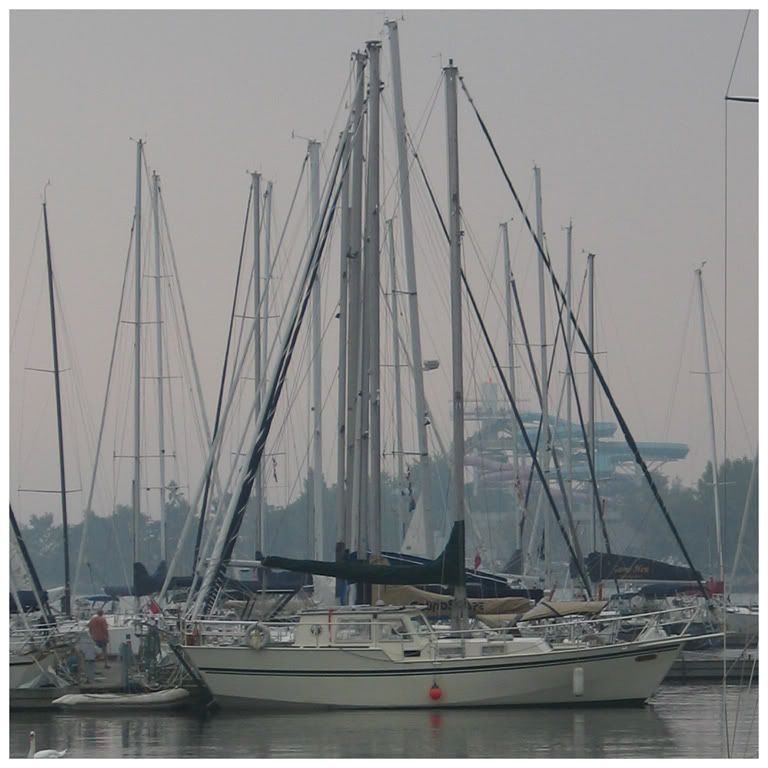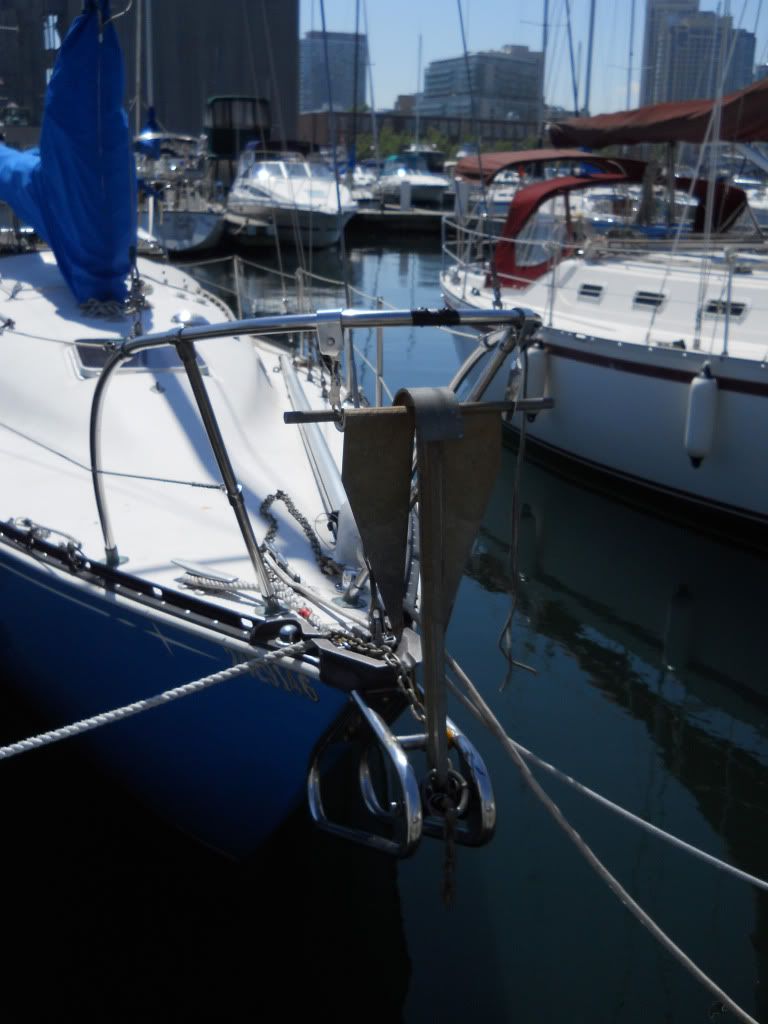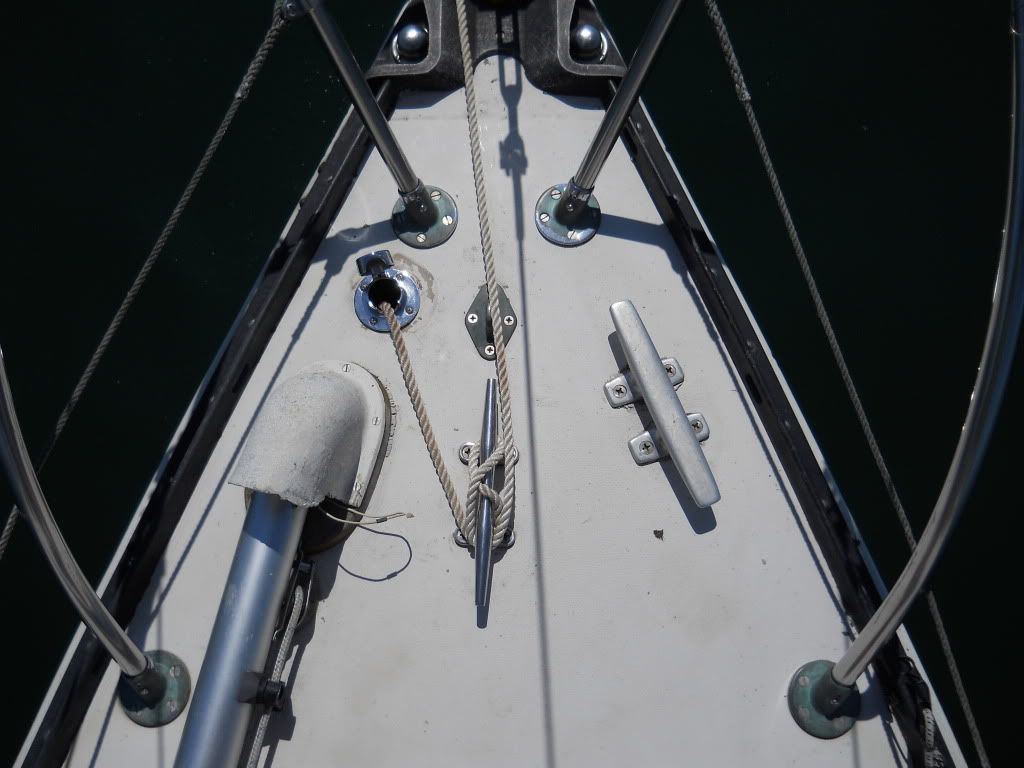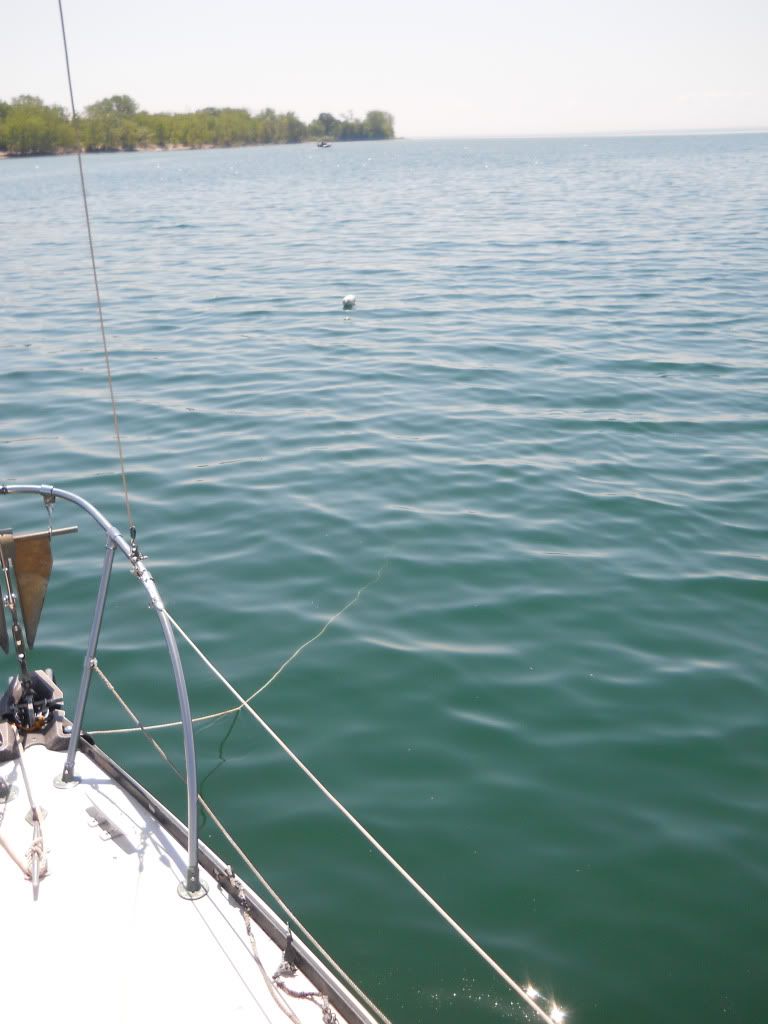OK, Steve Jobs, I am not.
There's a number of hobbies, fetishes and political/religious viewpoints of which not one of those 10,000 patrons has likely ever heard of that are more compelling and worthy of perusing. Reading traffic stats of websites is not exciting, but it's revealing, and "boat restoration/prep for cruising" is not remotely in the same league as watching reality TV or even translating Buddhist chants from Tibetan into Latvian. Nonetheless, I continue to post, as it's a diary of successes, failures and "teachable moments" for me and the crew, and the interaction with readers is something I've come to value greatly.
I do believe, however, that for such a protracted and specialized narrative, that the experience of blogging has grown from "cheat notes for the inevitable cruising book" into a sort of meditation on What It All Means via Boat Repair. You can spend time, money and sweat equity in fixing a boat, particularly when you start with such a poverty of manual skills and technical know-how as I, the boy who quit shop class for theatre because all the girls weren't in shop, possess in such modest amounts. But as I acquire, painfully in some cases, these skills, I am finding that my attitudes toward the work, the trip, the adventure and in some senses my own culture is changing. We have never been particularly materialistic in my family...not being rich will have that effect...but a sharp consideration of life aboard for years at a time has tailored expectations even more. What we really need is a fairly short list; what we would like to have has to pass a number of filters, such as cost, energy needs, maintenance cycle and spaces required.
In 2008, we weren't going to have a watermaker. Now, we will. We were going to rebuild the engine, now we have a new one. And so on. Charting the evolution of opinion and mindset both within and around the perimeter of "the project" is simple when rereading this blog, and even if it's only of personal interest to me, I have found it revealing and instructive.
As for what has proven popular, the fine folk at Blogger make that tally easy. Doom, realized or in potential, brings in the eyeballs. My entry on the 2010 Lake Ontario 300 race and its brief if intense, sail-rending squalls have been the most read post to date, with 507 "pageviews". Next is this post from 2009 about how realistic it is to recover a COB (crew overboard) in bad conditions. Over 400 readers found that sufficiently interesting, which confirms to me that nothing brings a crowd like a good accident.
After that, things tail off considerably, and it is clear that I am not writing for an audience. Fair enough...I am surprised to have had 10,000 reads in the first place.
My sincere thanks to my readership and to all those who have taken the time to comment and to inform.
And so the journey continues.















